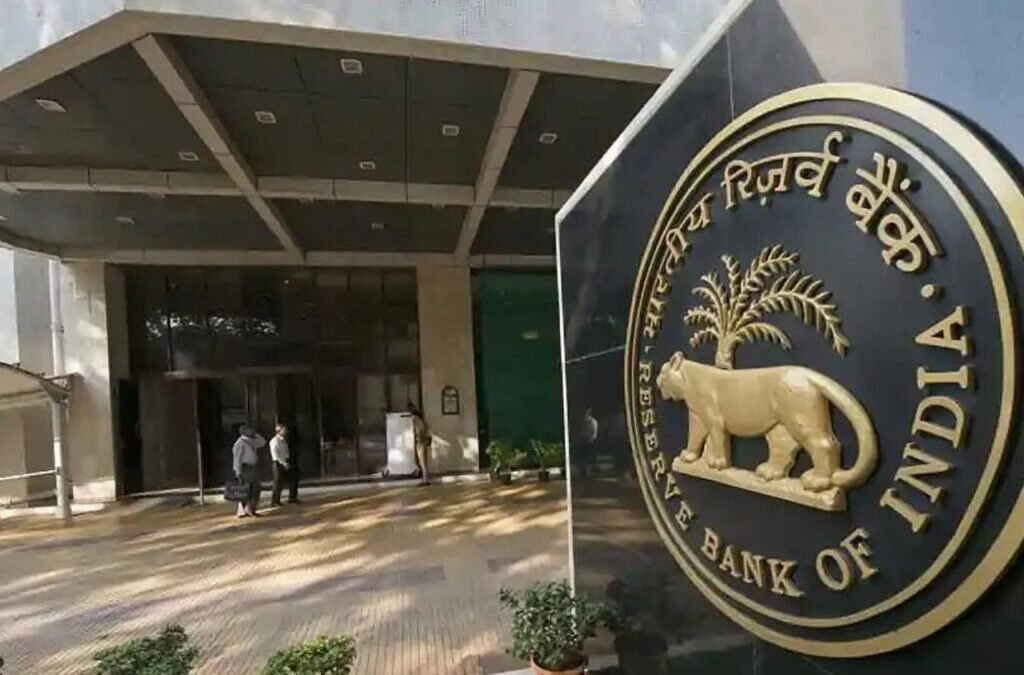Synopsis: The RBI’s big move to allow offline payments through the digital rupee-e₹; how users can make offline mode for such payments and the main differences between the e₹ and UPI.
The RBI has been making a game-changing move toward digital finance as the offline digital rupee (e₹) was officially launched in Global Fintech Fest 2025 in Mumbai. Offering the ability to make digital payments without mobile networks or internet connections. The digital rupee, also known as e₹, CBDC of India-a digitized version of the physical Indian rupee issued and regulated directly by the RBI. Unlike UPI, which simply facilitates sweeps from bank A to bank B, the digital rupee works as real digital cash.
Think of it as the same physical currency notes in your pocket, but in digital form(e₹) has the same trust, legal tender status, and sovereign guarantee as the physical cash but with the ease of use and security that comes with digital transactions.
How the Offline Feature Works
- Near Field Communication (NFC): Based Tap Payments: This is a completely offline technology that does not require any sort of internet or telecom connectivity. The users simply tap their NFC-enabled smartphones or devices together and digital currency is transferred right between wallets.
- Telecom-Assisted Offline Payments: These transactions require just a few network signals, which therefore makes them viable in areas with poor connectivity. Functions much like physical cash transactions.
Participating Banks and Accessibility
Currently, 15 significant banks are providing digital rupee wallets to the general public as part of the retail CBDC pilot program- State Bank of India (SBI), ICICI Bank, HDFC Bank, Axis Bank, YES Bank, IDFC First Bank, Bank of Baroda, Kotak Mahindra Bank, Canara Bank, Union Bank of India, IndusInd Bank, Punjab National Bank(PNB), Federal Bank, Karnataka Bank, Indian Bank. After completing the registration process and downloading these digital rupee wallet apps from the Google Play Store or Apple App Store, users can start transacting right away. With daily transaction limits of ₹50,000 or 20 transactions following an initial cooling period, users can hold up to ₹1 lakh in the wallets.
Also read: 7 Major UPI Updates in 2025 to Make Your Payments Smarter
Digital Rupee vs UPI
| Features | Digital rupee/ e₹ | UPI |
| Nature | Actual currency in digital form | Payment interface that transfers money between bank account |
| Issuance | RBI | NPCI as a decentralised platform |
| Offline Capability | Function completely offline using NFC technology | UPI requires internet connectivity |
| Settlement | Transactions settle instantly between wallets without involving bank accounts | Transactions depend on interbank processing |
| Privacy | Potential anonymity | Limited (linked to KYC) |
Conclusion
The RBI’s offline digital rupee is both a mashup of old and new, melding together the best aspects of physical cash trust and easy access with the efficiency and audit trails of digital transactions. Though challenges persist in areas including privacy, security, usability, and adoption, this places India in an incipient leadership role in global fintech, with a promising pathway toward truly inclusive digital finance.
Written by Yatheendra N
The post RBI Launches Offline Digital Rupee: Make Payments Even Without Internet appeared first on Trade Brains.

